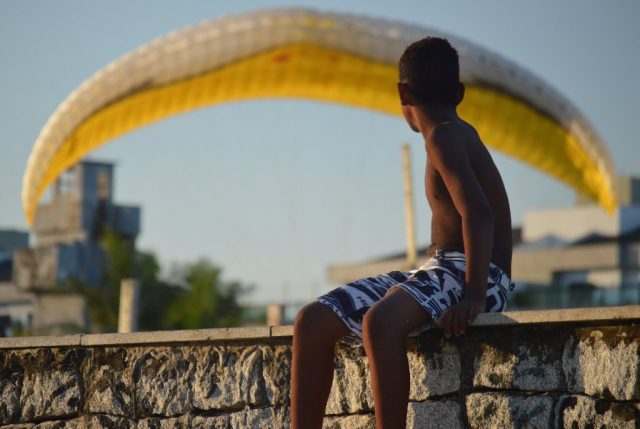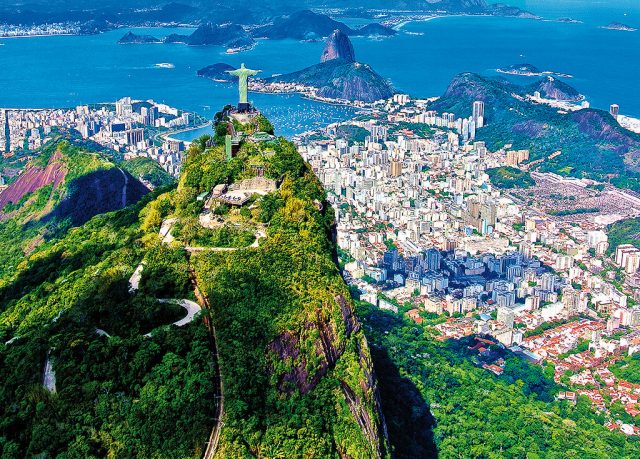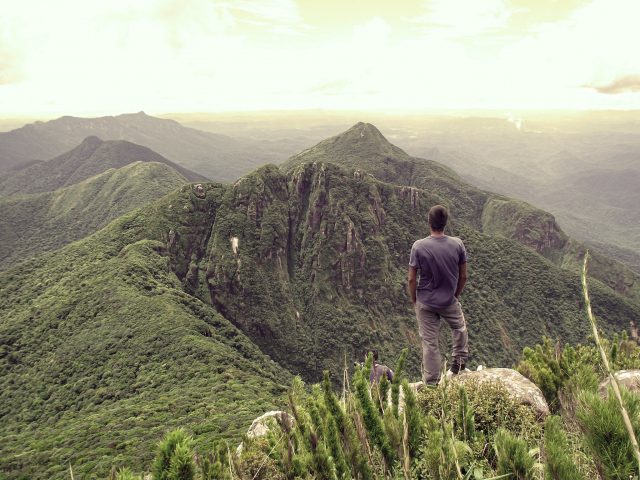 Zielonamapa.pl
Zielonamapa.pl
Over the years, this blog has given a lot of love to South America‘s most storied city – its Carnaval and visiting its samba schools; touring its favela slums; neighbourhoods like Lapa, Santa Teresa, Urca, and the Little Africa of Saúde and Gamboa; checking out its film locations; and even sampling its fruit juices. But as Iberia’s bloggers have noted before, one reason Rio de Janeiro is so charistmatic is its spectacular siting, hugged by craggy coastal hills and mountains banketed in greenery. Its those areas and others outlying areas I’d like to focus on today – the exuberant nature that surrounds Rio and offers not just excellent ecotourism but no end of adventure and adrenaline. And I invite you along for the ride!
 Gustavo L. Simianer Procat
Gustavo L. Simianer Procat
Rio de Janeiro City
Rio is blessed with one of the world’s largest urban forests, the dense, 32-square-kilometre (12½-sq.-mile) Floresta da Tijuca is a national park occupying the hills above the city, with manmade landmarks include the iconic Christ the Redeemer statue atop Corcovado hill, the 159-year-old, pink-and-purple Mayrink Chapel with its 20th-century murals; and the pagoda-style gazebo at Vista Chinesa overlook. But it’s for lovers of nature, scenery, and adventure that Tijuca truly shines, with wonderful biking through the jungle or hiking along scores of trails, along which you can spot butterflies, monkeys, lizards, among the hundreds of animal species up here, caves, and some 30 gorgeous waterfalls such as Cachoeiro do Horto, Cascatinha, and Diamantina (bring your swimsuit for a refreshing shower/dip!). Adrenaline lovers will get amped by the options here, as well, such as hang gliding from one of Tijuca’s main peaks, Pedra Bonita.
 Hugo Pardo Kuklinski
Hugo Pardo Kuklinski
Farther Afield in Rio de Janeiro State
The state of which Rio is the capital, while Brazil’s third most populous, is also one of its smallest. Nonetheless, it’s packed with nature in areas like Serra dos Órgãos National Park, a 105km² (41-sq.-mi.) swath of humid tropical rainforest and towering peaks about an hour away and home to the best network of hiking trails in the country – some 200km (124 mi.) worth. One of the coolest is the 30km (18½-mi.) stretch between the cities of Teresópolis (known as the country’s rock-climbing capital) and Petrópolis (onetime summer residence of Brazil’s 19th-century emperors and site of their magnificent palace). Two of the most spectacular peaks are also magnets for rock climbers: the 1,692-metre (5,551-foot) Dedo de Deus (Finger of God) and 2,050, (6,725-ft.) and the spire called Agulha do Diabo (Devil’s Needle), the latter considered one of the world’s top 15 rock-climbing experiences.

